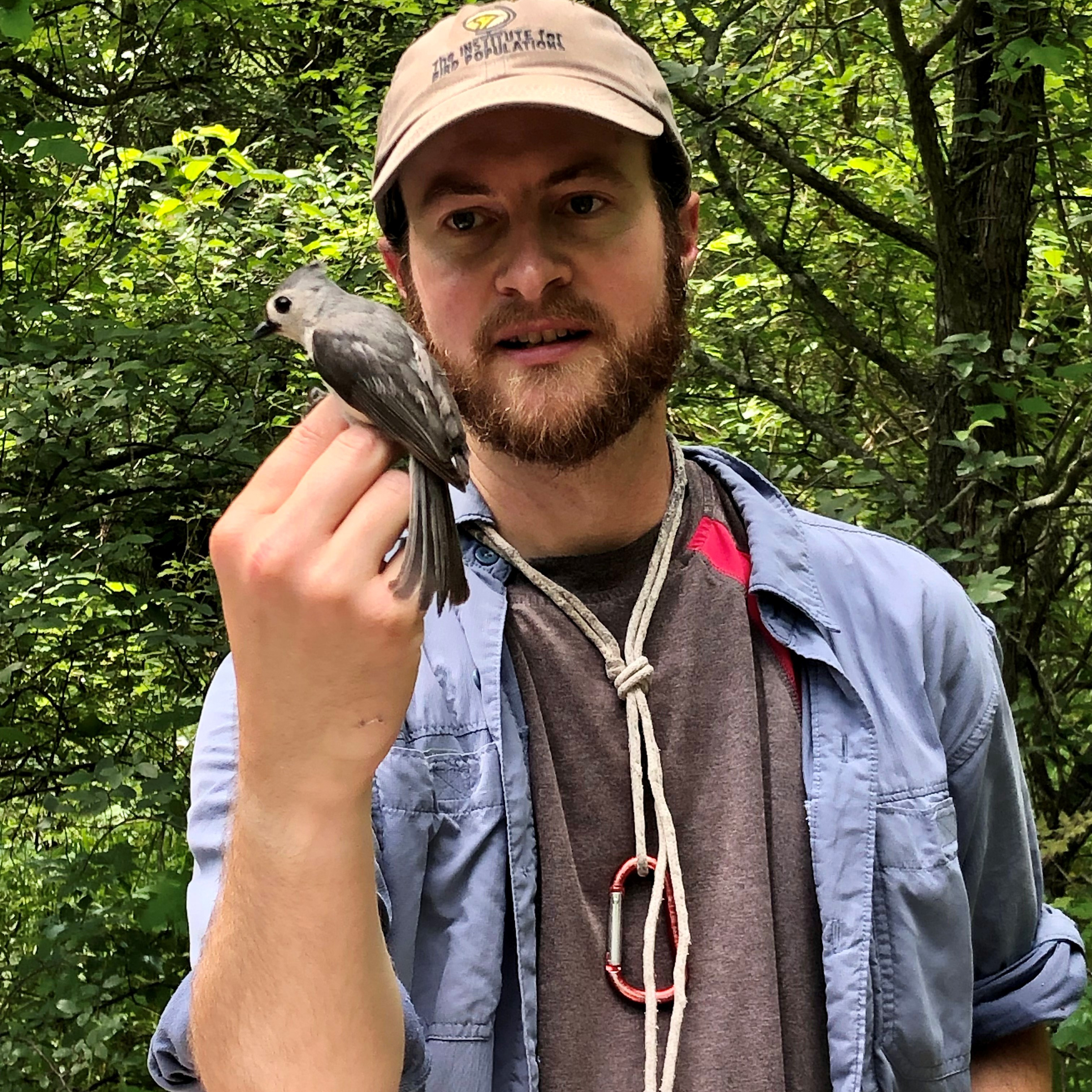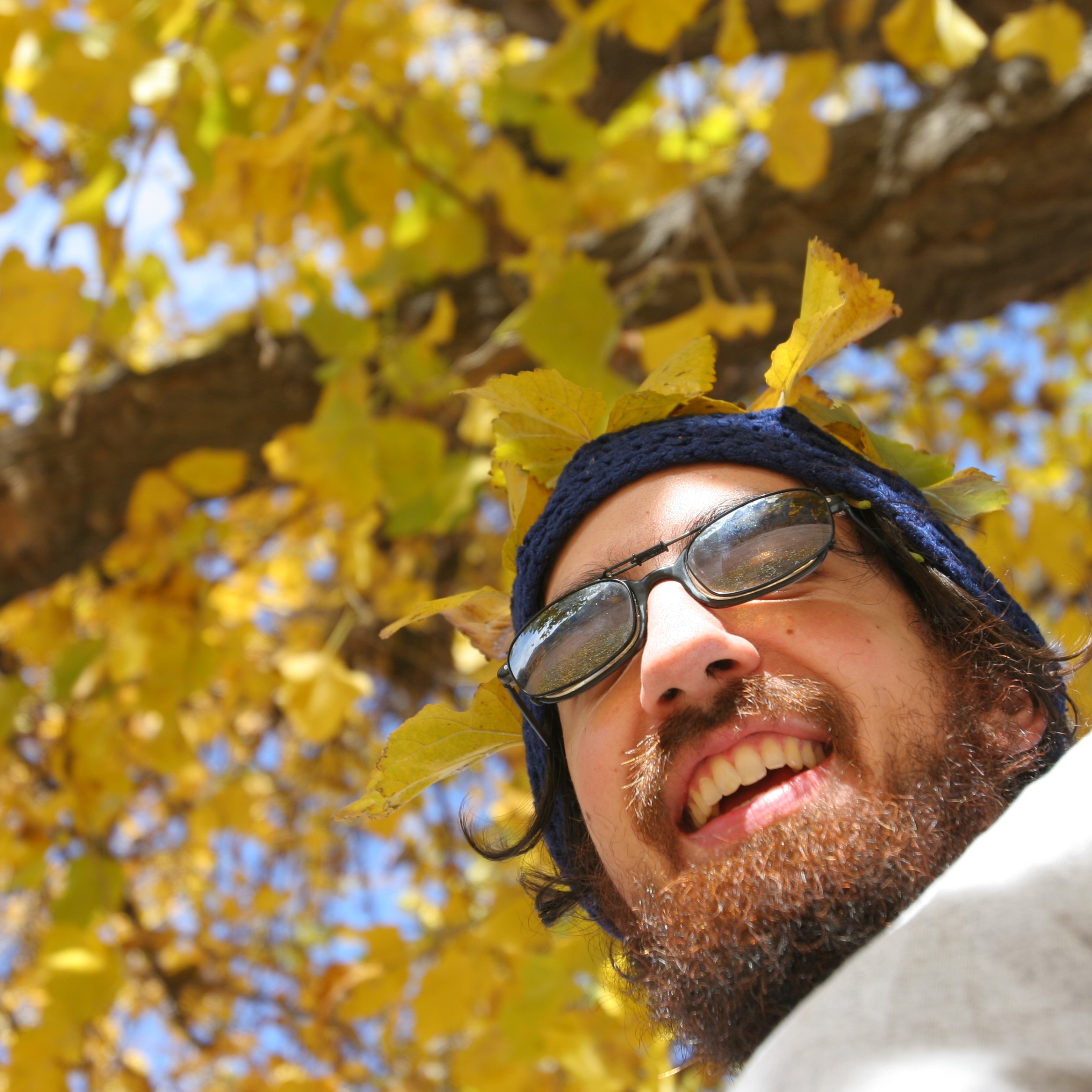About This Project
Given rapid declines in songbird populations, we must understand their trophic relationships to aid in conservation efforts. By utilizing fecal eDNA, this project will provide comprehensive diet information for the breeding population of Painted Buntings (Passerina ciris, PABU) at Lewisville Lake Environmental Learning Area (LLELA). Robust PABU diet information will aid ongoing restoration efforts at LLELA and inform their broader conservation.
Ask the Scientists
Join The DiscussionWhat is the context of this research?
The diet for Painted Buntings was established in the early 1900s using stomach content analysis, a method that is fatal for the bird, can miss soft-bodied prey items due to digestion, and relies on taxonomic expertise. Given human impacts on songbird habitats since this assessment, this diet information can be updated and greatly expanded using modern genomics approaches. Collaborating with the UNT Painted Bunting Project, which has been researching PABU ecology at LLELA since 2017, I non-invasively collected 192 fecal samples across 3 critical periods of the PABU breeding season: pre-breeding, breeding, and post-breeding. I plan to use the novel method of fecal eDNA metabarcoding to determine the presence of diet items from DNA in PABU feces.
What is the significance of this project?
Anthropogenic pressures have resulted in a ~30% decline in adult breeding birds since 1970, equating to ~3 billion birds lost in 50 years. Given these rapid declines, it is critcally important that the information used to support the conservation and habitat maintenance of songbirds is robust. This research will serve to update and expand upon the existing diet information for PABUs in order to provide a more holistic view of their feeding ecology by considering demographics and life history events. This research will inform future restoration decisions by the Conservation Manager at LLELA, as well as provide baseline data for PABU diets during critical life history stages in order to better inform international conservation efforts.
What are the goals of the project?
Given that 1) protein is essential for maintenance of body conditions and egg formation, 2) female Painted Buntings are the sole incubators of eggs and parental caregivers, 3) arachnids have been observed to be a key subsidy for nestlings of another species, and 4) that migration is energtically expensive, the aim of this project is to use fecal eDNA metabarcoding to test the following hypotheses:
H1: a) There will be a shift to incorporating more arthropods in the diet of female Painted Buntings during pre-breeding, a pattern that will be less pronounced in males. b) Arthropods will be the dominant food item in diets of Painted Bunting nestlings.
H2: In the post-rearing period leading up to migration, the diets of Painted Buntings will converge across bird demographics.
Budget
Sample collection has been completed with support from the Fort Worth Audubon Society. I am now seeking funding to send fecal DNA extracts to a third party for DNA amplification and sequencing. I will extract fecal DNA from the samples in my lab at UNT, which greatly reduces the processing costs. It will cost ~$100 per sample to amplify and sequence extracted fecal DNA. Given the large number of previously collected samples (n = 192), I have identified 3 levels of funding that will enable specific project goals to be achieved:
Goal 1: $5000 to sequence fecal DNA from 50 fecal samples
20 pre-breeding, 10 breeding/nesting, and 20 post-breeding samples
Goal 2: + $5000 to sequence diet item DNA from 50 more fecal samples
G1 plus 20 pre-breeding and 30 post-breeding samples
Goal 3: + $5000 to sequence diet item DNA from 50 more fecal samples
G2 plus 10 pre-breeding, 10 breeding/nesting, and 30 post-breeding samples
Endorsed by
 Project Timeline
Project Timeline
I have spent the 2023 PABU breeding season collecting fecal samples at LLELA. Next, I plan to extract diet DNA from these fecal samples. I anticipate completing this by the end of the year and shipping these samples to a third party for DNA amplification and sequencing at the beginning of 2024. The turnaround time is relatively quick, so I expect to begin analyzing the resulting data by February. From there I will complete my thesis with the goal of publishing my findings.
May 23, 2023
Pre-breeding period fecal collection complete
Jul 14, 2023
Breeding/Nesting period fecal collection complete
Aug 04, 2023
Post-breeding period fecal collection complete
Sep 25, 2023
Project Launched
Dec 31, 2023
Fecal DNA extractions complete
Meet the Team
Haley Daniels
Haley joined Dr. Zacchaeus Compson's lab in 2021 as an undergraduate field technician and stayed on with the lab to pursue her MSc in Environmental Science. She has previous experience focusing on Blackland prairie restoration, bird banding and stream ecology. Haley is equally interested in avian ecology and habitat restoration.
Additional Information
Acknowledgments:
Cover photo credit: Susan Supak
Project Backers
- 23Backers
- 105%Funded
- $5,250Total Donations
- $119.57Average Donation




